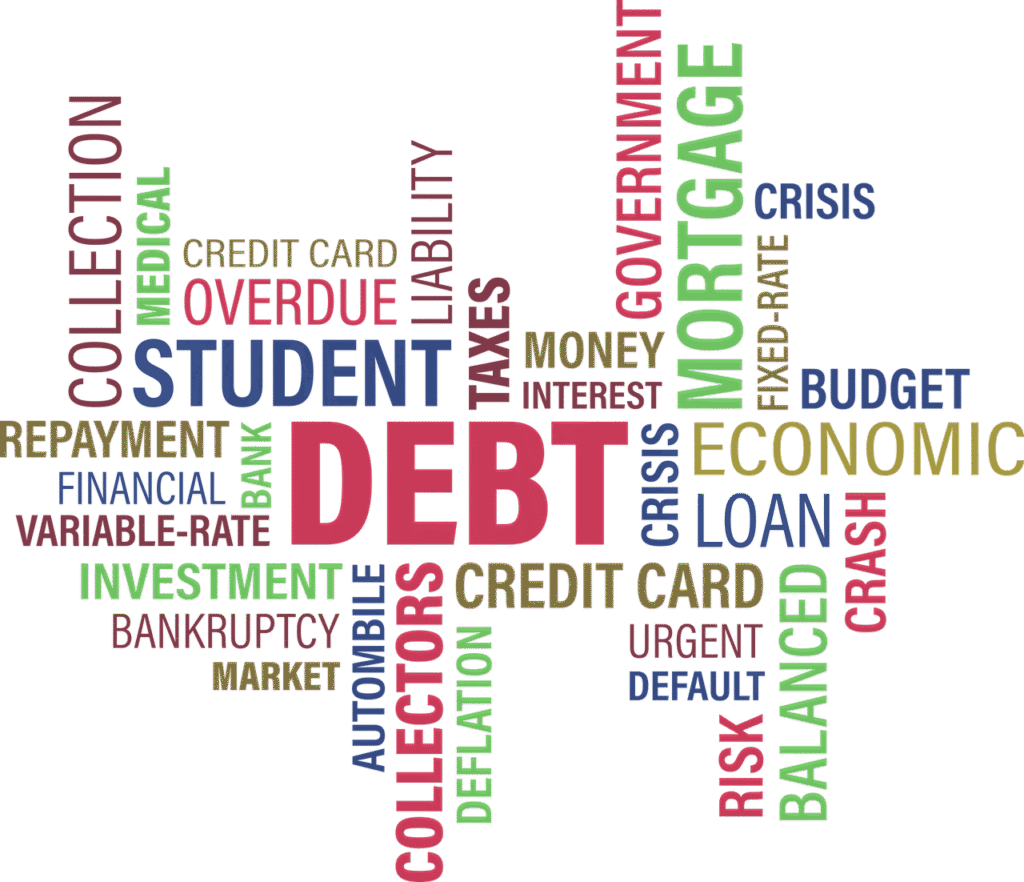
Finding Your Money Flow
Let’s be honest traditional budgeting feels like putting your money in a straitjacket. You’ve probably tried those rigid 50/30/20 formulas and felt like you were suffocating by week two. The good news? Budgeting strategies 2025 are all about finding a rhythm that actually works for your real life, not some textbook scenario. Research shows that Americans who review your budget monthly are twice as likely to stick with their financial plan. But here’s the twist your budget review doesn’t have to feel like homework. Think of it as checking your financial pulse, not performing surgery.
The $12 Wake-Up Call
Picture this: you’re at a friend’s game night, casually scrolling through your phone during a break. Someone mentions cancelling subscriptions, and suddenly you remember that meditation app you haven’t opened in months. Twelve dollars might seem small, but multiply that by the streaming service you forgot about, the premium photo storage you never use, and suddenly you’re bleeding $50+ monthly. This is what I call the “invisible leak” phenomenon. Small expenses slip through the cracks because they’re not dramatic enough to notice. Income and expenses tracking becomes crucial here not because you need to account for every penny, but because patterns reveal themselves when you’re paying attention.
Modern Tools for Real People
Current trends emphasize integrating technology in budgeting strategies for 2025, and thankfully, budgeting tools resources have evolved beyond basic spreadsheets. Many apps now offer automatic categorization and spending alerts that work like your financial early warning system. They catch those sneaky subscriptions before they become habits.
As CFP Tasha Robinson puts it perfectly:
“A budget should be a living, breathing plan, not a straightjacket.”
Budget Review Tips That Don’t Suck
Try something unconventional for a month. Maybe it’s a “buy-nothing week” where you only purchase absolute necessities. Or experiment with expense swaps trade coffee shop visits with a friend who makes amazing homemade brews in exchange for your meal prep skills. The key is fighting budget fatigue by making your monthly review feel rewarding rather than restrictive. Celebrate the wins like catching that subscription drain or discovering you spent $30 less on takeout. Using budgeting tools and apps supports tracking income, expenses, and spending patterns without turning you into a financial robot. Your money flow should feel natural, like finding the right walking pace rather than forcing yourself into an uncomfortable sprint.

Building Emergency Funds
Think of your emergency fund like an umbrella awkward to carry, priceless in a storm. You might feel silly lugging it around when skies are clear, but when financial storms hit, you’ll be grateful for that safety net tucked away in your savings account. Research shows that starting small and building up increases your chance of reaching savings goals. Instead of feeling overwhelmed by the standard advice to build an emergency fund covering 3-6 months of expenses, set a ‘micro-goal’ first. Put away $500 before aiming for that larger target. This approach makes emergency savings goals feel achievable rather than impossible. I’ll never forget the awkward celebratory dance I did after my car broke down and my emergency fund bailed me out. There I was, doing a victory wiggle in the mechanic’s parking lot because I didn’t have to stress about the $800 repair bill. That moment proved how crucial emergency fund savings can be for your personal financial health.
Emergency funds are the unsung heroes of financial health. — Laura Hamilton, Personal Finance Educator
The secret weapon? Automatic savings transfers. Studies indicate that automating transfers increases personal saving rates by 15% on average. This “pay yourself first” method removes temptation from the equation. You can’t spend money that’s already moved to savings before you even see it. Set up an automatic transfer on payday even $25 weekly adds up to $1,300 annually. Your bank probably offers this service for free, and most employers can split your direct deposit between checking and savings accounts.
The Coffee-Savings Challenge
Here’s a wild card approach that makes saving interesting: try the coffee-savings challenge. Every time you skip buying coffee out, transfer that $5 into your emergency fund instead. It’s not about depriving yourself forever it’s about creating awareness of small spending habits while building your safety net. Some weeks you’ll transfer $25, other weeks maybe nothing. That’s perfectly fine. The goal isn’t perfection; it’s progress. Building an emergency fund with 3-6 months of living expenses remains a crucial financial control method, but remember that small wins matter too. Whether you start with $50 or $500, you’re taking control of your financial future. Every dollar saved is a step toward financial security and peace of mind when life throws its inevitable curveballs your way.

Crafting a Repayment Playbook That Actually Works
Here’s a confession: I once paid off my highest-interest credit card first not because it was the most logical choice, but because seeing that balance just bothered me emotionally. Money anxiety is real, and your debt repayment plan needs to work with your psychology, not against it. You’ve probably heard about the two main approaches to tackling debt. The “avalanche” method targets high-interest debts first, saving you money over time. The “snowball” method focuses on smallest balances first, giving you quick wins. Research shows that debt repayment plans focusing on high-interest debts improve financial stability, but here’s the thing you can mix and match these strategies.
Finding Your Financial Control Methods
Maybe you start with one small debt for motivation, then shift to attacking that crushing credit card rate. There’s no single “right” answer when it comes to spending plan priorities. Both emotional and rational factors play crucial roles in your success. Personal finance data shows that breaking large goals into manageable steps increases success rates by over 30%. This isn’t just about numbers it’s about momentum. When you see progress, even small victories, something clicks in your brain.
“Small, consistent victories in debt repayment fuel motivation for bigger wins.” — Ashley Tran, Financial Coach
The Joy Factor in Money Management Tips
Don’t underestimate celebrating your wins. Paid off a store card? Treat yourself to a $5 coffee, not a $50 shopping spree. The celebration should match the achievement without derailing your progress. Digital debt tracking tools in 2025 have become incredibly sophisticated. Many apps now gamify the repayment process, turning your debt repayment plan into something that feels less like punishment and more like progress. You earn badges, see visual progress bars, and get gentle nudges when you’re ahead of schedule.
Making It Work for You
The key insight? Breaking down large financial goals into smaller actionable steps makes them more manageable. Instead of staring at $15,000 in total debt, focus on this month’s $300 payment. Track it. Celebrate it. Then do it again next month. Your debt doesn’t define you, and your repayment strategy shouldn’t feel like someone else’s blueprint forced onto your life. Whether you’re team avalanche, team snowball, or team “whatever keeps me motivated,” the best plan is the one you’ll actually stick with.

Setting (Realistic) Financial Goals and Planning for Growth
I’ll confess something: I once bought a vision board kit for $15 and only used the glue stick. Turns out, writing SMART financial goals is more powerful than collaging magazine cut-outs of dream cars. When it comes to financial goals 2025, you need concrete plans, not pretty pictures. Research shows that people who set and track financial goals are 42% more likely to achieve them. That’s why financial goals setting should follow the SMART framework – Specific, Measurable, Achievable, Relevant, and Time-bound. Instead of saying “I want to save more,” try “I’ll save $200 monthly for a $2,400 emergency fund by December 2025.”
The Power of Regular Financial Check-Ins
Think of quarterly goal reviews as personal performance reviews for your bank account. Every three months, sit down and assess your progress. Are you on track? What’s working? What needs adjustment? These regular check-ins help you stay accountable and adapt to changing circumstances. Market realities matter too. Investment strategies long-term require patience because growth takes time. Your 2025 financial picture might look different from your neighbour’s, and that’s perfectly normal. Some years bring unexpected expenses, others surprise windfalls. The key is maintaining realistic expectations while staying committed to your plan.
Celebrating Your Financial Wins
Here’s a wild card idea: throw a mini party every time you hit a savings milestone. Yes, cake counts. Research indicates that celebrating small wins helps maintain momentum in your wealth building tips journey. When you make financial progress feel joyful rather than burdensome, you’re more likely to stick with your plan. Maybe you’ll treat yourself to a nice dinner when you reach your first $1,000 in savings, or buy that book you’ve wanted after paying off a credit card. These celebrations reinforce positive financial behaviours and make the journey more enjoyable.
“You don’t need to win the lottery to build wealth, just a plan, patience, and progress.” — Samuel Lee, Investment Advisor
Financial planning best practices aren’t complicated, but they do require consistency. Start with clear, realistic goals. Review them regularly. Adjust when necessary. And don’t forget to celebrate along the way. Building wealth isn’t about perfection – it’s about progress, one smart decision at a time. Your financial future depends on the choices you make today. Make them count.
In Conclusion, You don’t need to be perfect just persistent. With a game plan, a pinch of tech, and a willingness to adapt as you go, you’ll build financial wellbeing and real wealth for 2025 and beyond.